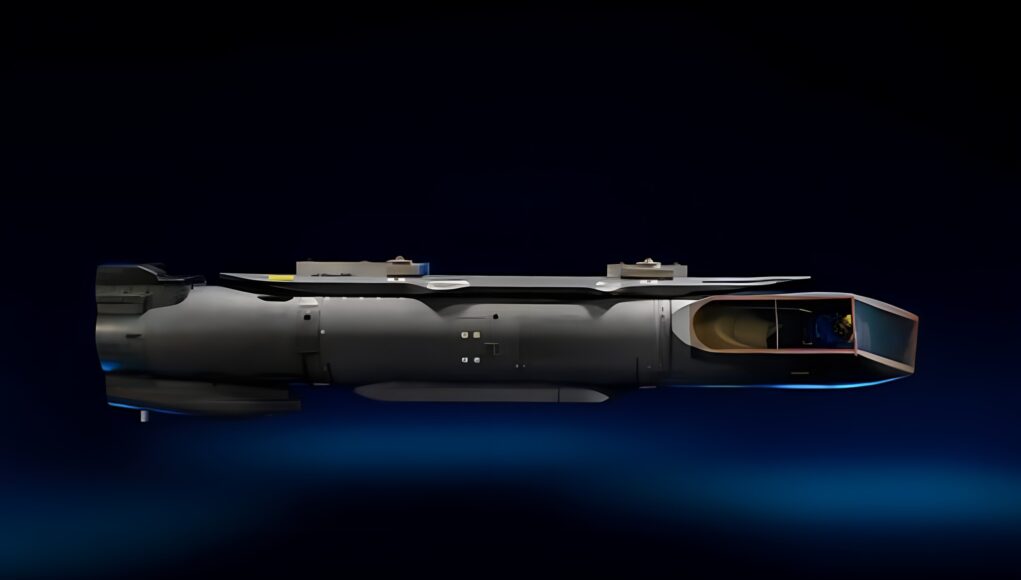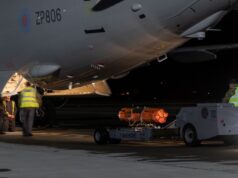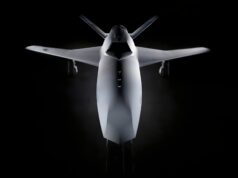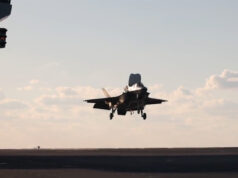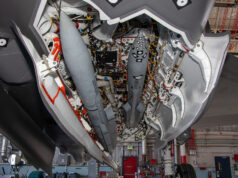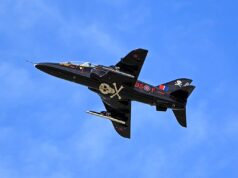Lockheed Martin is pitching a networked version of its long running Sniper targeting pod, arguing that the addition of a bolt-on processor and datalink pack could give older fighters a way to pass and receive targeting-quality data without modifying the aircraft itself.
The company says the upgrade, branded the Sniper Networked Targeting Pod, integrates a “multi-datalink, multi-processor Hybrid Base Station” into the existing Sniper design. That HBS module is presented as the real product rather than the pod airframe: an external package that acts as an edge-computing and communications node.
Lockheed frames the pod as a way to bridge fourth and fifth generation platforms without reopening aircraft wiring or avionics. The release claims the design is “plug and play” and offers “secure 21st Century Security high-speed communications and processing where it’s needed most.” None of this makes clear what aircraft-specific integration work still exists, and the company does not specify size, weight, power or what constitutes “high speed,” but it does highlight two concrete datalinks:
- MADL for F-35 interoperability
- MANET radios for forming resilient mesh networks
Those choices matter because MADL is normally confined to low-observable platforms, so allowing an external store to act as a MADL node could give non-stealth aircraft sight of targeting data they currently cannot access. Lockheed illustrates the point with an example where an F-35 silently identifies a target then passes its coordinates to an F-16 via the pod. The release claims this happens “without compromising stealth.”
Lockheed cites “more than 1,650 pods delivered and more than five million operational hours,” using the installed base as the argument for a drop-in networking upgrade. The company says Sniper’s benefit is its modular design, which gives “a cost effective, flexible upgrade path that extends mission relevance without aircraft modification.” That line implies a deliberate pitch to air forces that are modernising selectively rather than recapitalising fleets.
The company trails future demonstrations featuring “multi aircraft coordination, secure video share and dynamic targeting handoffs.” Those capabilities already exist within some proprietary digital fires architectures, but not usually via externally mounted targeting pods.


